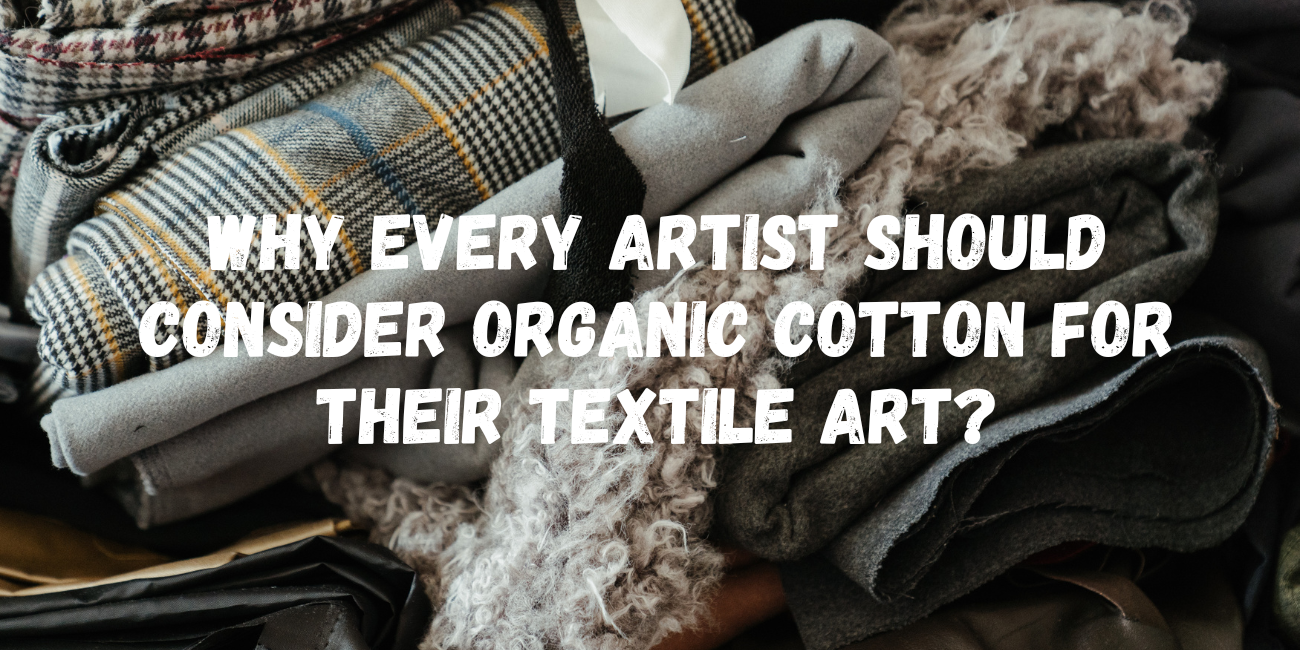
Why Every Artist Should Consider Organic Cotton for Their Textile Art?
In the realm of textile art, the choice of materials plays a crucial role not only in artistic expression but also in environmental impact and ethical considerations. Organic cotton has emerged as a preferred choice among artists seeking to align their creative pursuits with sustainable practices. Here’s why organic cotton deserves a prime spot in every textile artist’s toolkit:
Environmental Benefits of Organic Cotton
Organic cotton is grown without the use of synthetic pesticides or fertilizers. This cultivation method promotes biodiversity, reduces soil erosion, and conserves water resources compared to conventional cotton farming. According to Textile Exchange, organic cotton farming uses up to 91% less water than conventional methods, making it a more sustainable choice for artists concerned about environmental stewardship.
Health and Safety for Artisans
Artists working with textiles often come into direct contact with fabrics and dyes. Organic cotton, free from harmful chemicals, reduces the risk of skin allergies and respiratory issues associated with synthetic materials and harsh chemical residues. This aspect not only benefits artists but also supports the well-being of textile workers and communities involved in cotton production.
Quality and Durability in Artistic Creations
Organic cotton fibers are known for their softness, strength, and durability, making them ideal for a wide range of textile art applications. Whether creating intricate embroidery, bold screen prints, or delicate weavings, artists appreciate the quality and consistency that organic cotton offers. Its natural properties enhance the aesthetic appeal and longevity of textile artworks, ensuring they remain vibrant and intact over time.
Ethical Considerations and Social Impact
Choosing organic cotton supports ethical practices throughout the supply chain. Fair labor conditions, fair wages, and community development are integral to organic cotton farming initiatives. Artists can feel confident that their material choice contributes positively to global supply chains, promoting social responsibility and sustainable livelihoods in cotton-growing regions worldwide.
Creative Versatility and Innovation
Organic cotton's versatility allows artists to explore various techniques and styles without compromising on sustainability. From traditional handloom weaving to contemporary digital printing, organic cotton adapts to diverse artistic expressions, encouraging innovation and creativity in textile art.
Embracing organic cotton in textile art not only enhances artistic endeavors but also fosters a deeper connection to sustainable practices and ethical choices. As artists increasingly prioritize environmental and social impact, organic cotton emerges as a transformative material in shaping a more sustainable future for textile art.
By incorporating organic cotton into their creative process, artists not only elevate the quality of their work but also contribute positively to global sustainability efforts—one stitch, one artwork at a time.
For artists seeking to make a meaningful impact through their craft, organic cotton stands as a beacon of sustainability and creativity in the world of textile art.
For any inquiries or assistance, contact us at contact@wainsy.com.
Stay updated and connected with Wainsy on social media:
Facebook: Follow us on Facebook
Instagram: Follow us on Instagram
YouTube: Subscribe to our YouTube channel
LinkedIn: Connect with us on LinkedIn